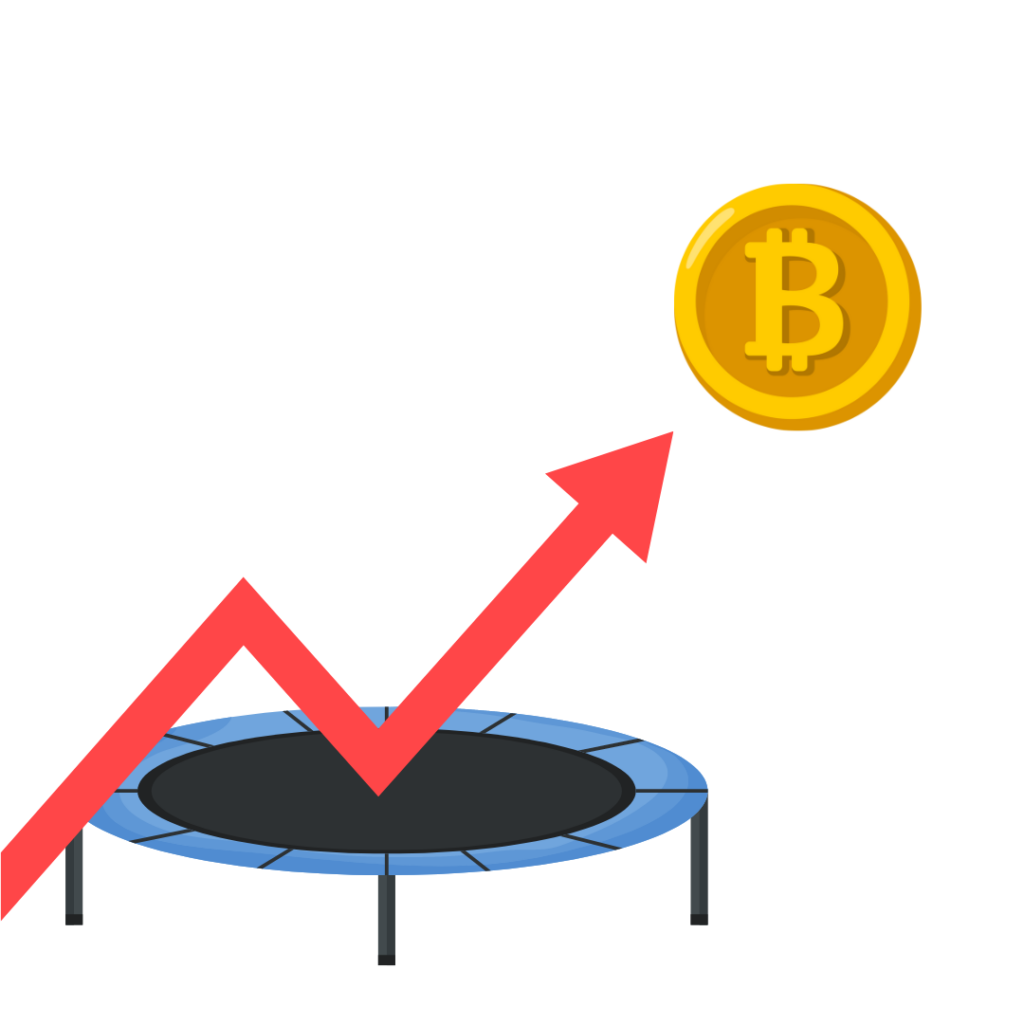The FTX Collapse Explained & How to Claim Losses
Crypto is going through a rough patch this year. First, the declining market, then the hacks and the Terra crash and now this – the FTX collapse.
What started with a simple CoinDesk report on some insights into the balance sheet of Alameda Research quickly turned into one of the biggest financial scandals, with users and investors losing billions of dollars. Some are calling it crypto’s very own “Lehman moment”.
There is a lot to cover, so let’s dive into it straight away.
What Is FTX?
Founded in 2019, FTX quickly rose to the top to become one of the largest centralized crypto exchanges.
Part of its rise in popularity was its diverse features, low fees (less than Coinbase), and advanced trading options, including leveraged trading and derivatives. However, part of it can also be attributed to its association with highly influential figures and celebrities.
FTX was endorsed by the likes of Tom Brady, Stephen Curry, Kevin O Leary and more. Most of them were paid spokesmen for FTX, which is why they received backlash after the exchange collapsed. It also had a 19-year sponsorship of the Miami Heat NBA team for $135 million.
What is FTT?
FTT is the native token of FTX, also described as its “backbone”.
FTT quickly grabbed the attention of the crypto industry last year when it surged from $4 in December 2020 to an all-time high of about $85 in September 2021.FTT’s price surge was highly notable in the crypto space, with many analysts making bullish predictions for the coin.
However, its rise wasn’t just a fluke.
Analysts explained that strong partnerships, increased public exposure and new protocol launches on the platform, all contributed to FTT’s success. They expected it to continue to surge if the exchange continued to do well. But as we know, neither of the two happened.
As of writing this, FTT is trading slightly below the $1.40 mark, with a market cap of $460 million, which was once at an all-time high of $4 billion.
Who is Sam Bankman-Fried?
Sam Bankman-Fried, or SBF, is a finance and crypto entrepreneur, or as you may already know him as – the founder and CEO of the FTX exchange.
Born in 1992, Sam grew up in a highly educated family and graduated with a degree in Physics and a minor in Mathematics from MIT. He worked with Jane Street for a few years and left to create Alameda Research in 2017 (sister company of FTX) – a quantitative trading company making millions daily trading cryptocurrencies.
Later in May 2019, he founded FTX, a crypto exchange with much lower fees than its competitors, a sleek user interface and backed by several celebrity spokespersons.
Before the abrupt end of FTX, his personal net worth was more than $26 billion. As of now, he has been arrested and is under trial for being involved in questionable trades that resulted in investors and users losing billions of dollars.
What Exactly Happened with FTX?
Let’s go over what exactly happened with FTX and how it all started, step-by-step.
CoinDesk Report
The FTX collapse spanned over ten days in November 2022. The catalyst for it was a report by CoinDesk published on November 2.
The report revealed that SBF’s trading company, Alameda Research, had $14.6 billion of assets as of June 30, much of which was FTT, the token created by its sister company, FTX. This prompted concerns in the crypto space about the undisclosed solvency and leverage of the firm.
If you’re confused why, here is a little context –
Alameda Research lost massive amounts of money during this year’s downturn since the firm invested and traded using loans. At some point, they incurred too many losses and couldn’t repay the investors. Even SBF’s own money and FTX capital weren’t enough.
This is when Sam Bankman-Fried allegedly used FTX user funds to bail out Alameda. Of course, he never intended nor expected this information to go public. But things went sideways after Coindesk published their report.
Binance Liquidates $530 Million Worth of FTT
On November 6th, Changpeng Zhao tweeted that he decided to sell all of the FTT tokens (around 23 million tokens worth $530 million) that Binance held.
He presumably made this decision after coming across the CoinDesk report. He later clarified that it’s just a risk management measure he’s taking, learning from the Terra crash.
Zhao’s decision to liquidate all of the FTT tokens held by Binance caused panic selling among the general public, followed by a liquidation crisis for FTT.
Binance Buying FTX?
During the liquidation crisis, FTX received a total of $6 billion in combined withdrawal requests from its users in 72 hours. Unable to meet this demand, FTX halted all withdrawals, which caused even more panic among people.
When confronted, SBF promised FTX users that their assets were safe and stable. However, soon after, SBF turned to venture capitalists and later to Binance for additional funds.
On Nov 8, Binance announced its decision to seal a non-binding deal to acquire FTX. However, the decision was rather short-lived, as Binance backed out of the deal the very next day, saying they had concerns over the mismanagement of user funds and a potential federal investigation
FTX Filed for Chapter 11 Bankruptcy

After a shortfall of about $8 billion, FTX filed for Chapter 11 Bankruptcy on November 11, 2022, in the Delaware district. A Chapter 11 Bankruptcy allows the company to keep its business alive and pay creditors over time.
In the petition, the company is estimated to have $10B to $50B in liabilities and over 100,000 creditors (the actual number could be over a million).
John J. Ray III, an insolvency professional who specializes in recovering funds from failed corporations, was appointed the CEO of FTX.
And while all this was happening, FTX suffered a hack on November 14, which set the company back by $600 million. The New CEO acknowledged this and said they are taking precautionary measures to mitigate the damages.
The Impact of FTX Collapse on Users
As of now, it seems that the creditors are first in line to receive whatever remaining assets the judge deems fit to distribute, followed by investors and shareholders, while the FTX users are at the bottom of the queue.
Currently, it’s difficult to say anything as the case is still in due process. We have to wait and see how things unfold. If you ask the experts, they believe most users might never recover their money.
Since it’s not clear how the court is treating this whole incident, it seems highly unlikely that you can utilize your lost funds to write off losses. You can learn more about writing off lost or stolen funds here.
Some people actually managed to mitigate their damages and withdraw funds before it was too late.
Part of it is due to an alleged partiality from FTX’s side. While most withdrawal requests were failing, a few newly created accounts could successfully withdraw funds, which raised suspicions that FTX was letting friends and family withdraw first.
Other than that, some Bahamian users found a way around it by buying NFTs in FTX’s NFT marketplace and converting them into other cryptocurrencies.
The Impact of FTX Collapse on Crypto and its Future
This year has been pretty rough for the crypto space overall. The declining prices at the start of the year, numerous hacks, the Terra Crash and now this. We’re officially in a crypto winter now, and the FTX collapse was the final nail in the coffin.
Even though we’re yet to see the long-term effects of the FTX collapse, it definitely did a lot of damage in the short term. After the Terra crash, Bitcoin prices were hovering around the $18,000 to $22,000 range. But after the FTX drama unfolded, Bitcoin prices plummeted further to the $15,000-$16,000 range.
Will Crypto Bounce Back?

The chances of Bitcoin, Ethereum and other blue-chip cryptocurrencies bouncing back are pretty high because they have survived similar or more difficult situations in the past.
The crypto market as a whole has sustained many blows ranging from unfavorable legal regulations to hacks whipping hundreds of million off the market. Despite all this, the top coins always bounce back, while the ones with no underlying value or use cases get eliminated, which brings us to the next point – Are events like this sum-positive for the market?
As unfortunate as these events are for the ones who suffer the loss, they are not only positive but necessary for the market to grow and evolve as it eliminates the bad actors.
In the case of FTX, we, as the general public, got too comfortable and ignored the red flags for too long.
The entire point of cryptocurrency and Bitcoin was to decentralize power and eliminate third parties and intermediaries. It was created exactly to avoid these FTX-type situations where we have to trust some other entity with our funds and assets that might not have our best interest at heart.
However, somewhere down the line, we forgot that or just didn’t care enough not to trust third parties and intermediaries with our possessions. Most crypto users today use centralized crypto exchanges, platforms owned and regulated by third parties.
That’s not to say that decentralizing everything is the answer. Decentralization has its own risks and limitations. However, there is always the potential for scrutiny and corruption when we hand someone else the power.
